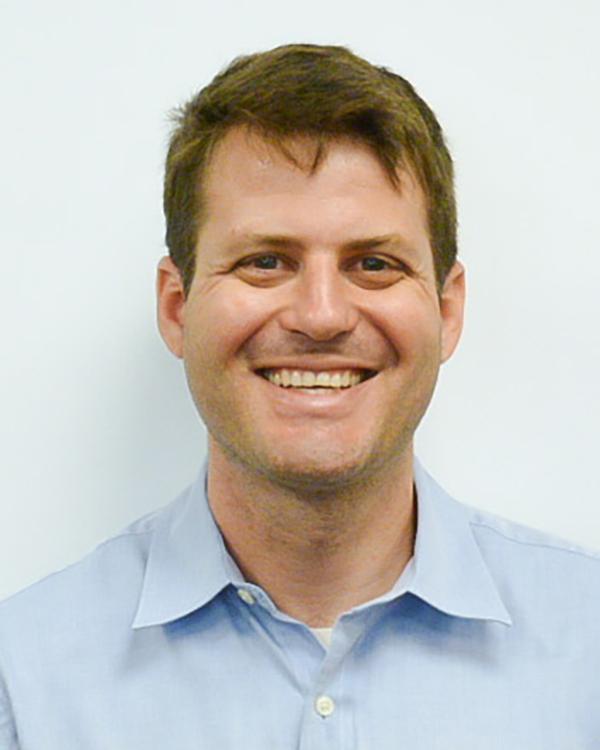Physics professor talks fruit fly larvae research
Marc Gershow, an assistant professor in NYU’s Department of Physics, received a National Science Foundation CAREER award.
October 19, 2015
Marc Gershow, an NYU assistant professor in the Department of Physics, received a National Science Foundation CAREER award for his work involving how fruit fly larvae can give insights into sense of smell. The award is granted to junior faculty who have exemplified outstanding research, excellent education and the integration of education and research. Gershow is the head of a lab that explores how brains perceive the world, combining approaches from physics and systems neuroscience to study different functions of the brain.
WSN: What do you hope to achieve through your research?
We would like to understand mechanistically how the brain computes. That is, we want to understand how the brain makes decisions and selects behaviors based on information about the world gathered through the senses.
WSN: Why fruit flies?
The fruit fly Drosophila melanogaster is one of the most well-studied organisms ever, and the premier model organism for genetic manipulation. Although our lab does not study genetics, we can use the tools developed in a century of Drosophila research to target specific parts of the brain. For instance, we can express a light-activated ion channel in a particular olfactory neuron, so when we shine light on an animal, it experiences a fictive smell.
WSN: Why is sense of smell important to research?
We are interested in how the brain computes. Using the sense of smell requires the brain to make a number of interesting computations: recognizing an odor, deciding whether the odor represents something good or bad, then selecting an appropriate response.
Recognizing an odor requires an animal to take input from a set of odor receptor neurons, each of which responds differently to different group of odors, and recognize an odor source. This recognition has to be concentration invariant (e.g. an apple still smells like an apple if you hold it right under your nose or farther away), and has to work in the presence of background odors that also stimulate the same neurons (e.g. an apple still smells like an apple even if there is a banana and an orange in the kitchen). The problem of how the brain recognizes odors is fascinating and unsolved.
WSN: How do you know whether a smell is good or bad?
We can learn through association of odor and reward or punishment. For instance, if you’ve never had Korean food before, the smell of kimchi may be off-putting, but after a few delicious Korean meals, that same smell may make your mouth water and your stomach rumble. On the other hand, if you drink too much tequila and get sick, the next time you smell tequila, it may turn your stomach. How the brain learns to associate odor and reward and how those memories are stored are also active and fascinating areas of research.
How does the brain carry out these computations?
Unlike computers, brains can produce multiple responses given the exact same input – what is the origin of this variability?
Again, these are fascinating and unresolved questions.
Because the larva’s brain is so compact and amenable to manipulation, we can begin to answer these questions at the single neuron level, for instance, relating activity in a single odor receptor neuron to various behavioral outcomes and seeing how this relation changes as a result of learning.
WSN: How will the NSF CAREER award help you?
In addition to providing substantial financial support for my lab’s research, the CAREER award, along with the National Institutes of Health New Innovator award, which my lab also recently received, recognizes the hard work everyone in my lab has put in over the last two years at NYU and really motivates us to keep doing exciting science in the future.
A version of this article appeared in the Oct. 19 print edition. Email Monica Hanna at [email protected].
























































































































































